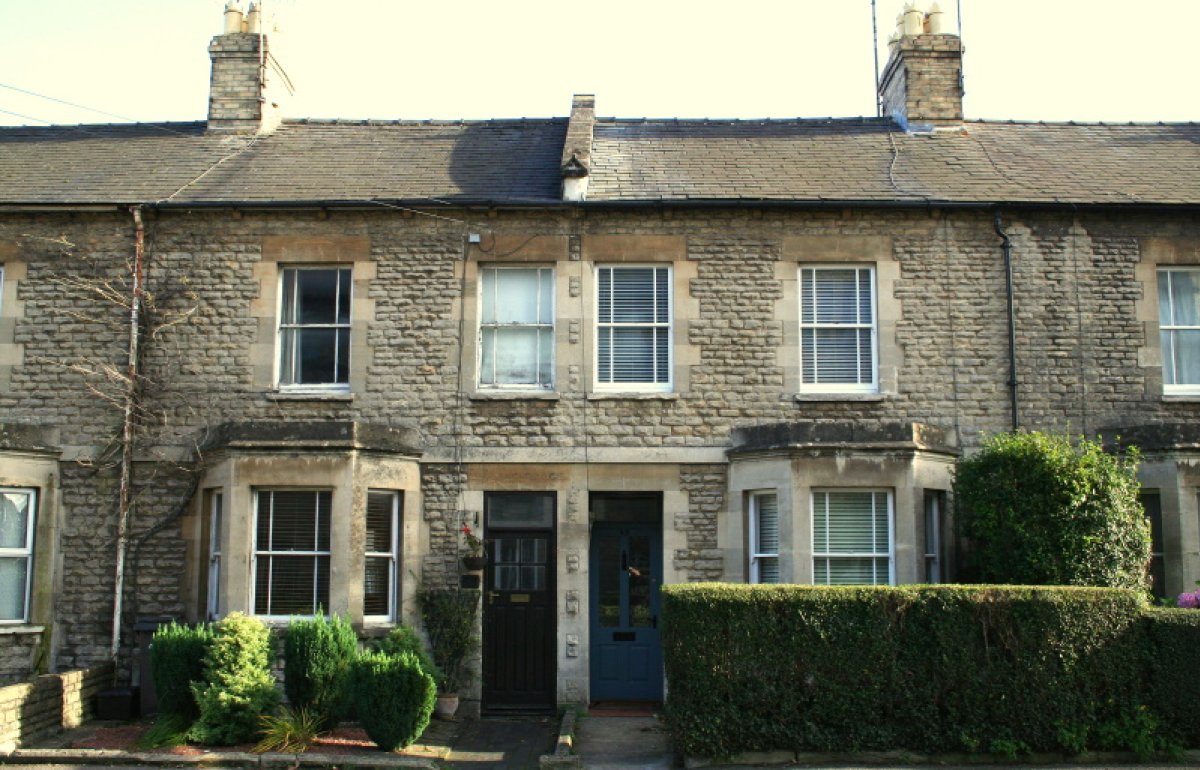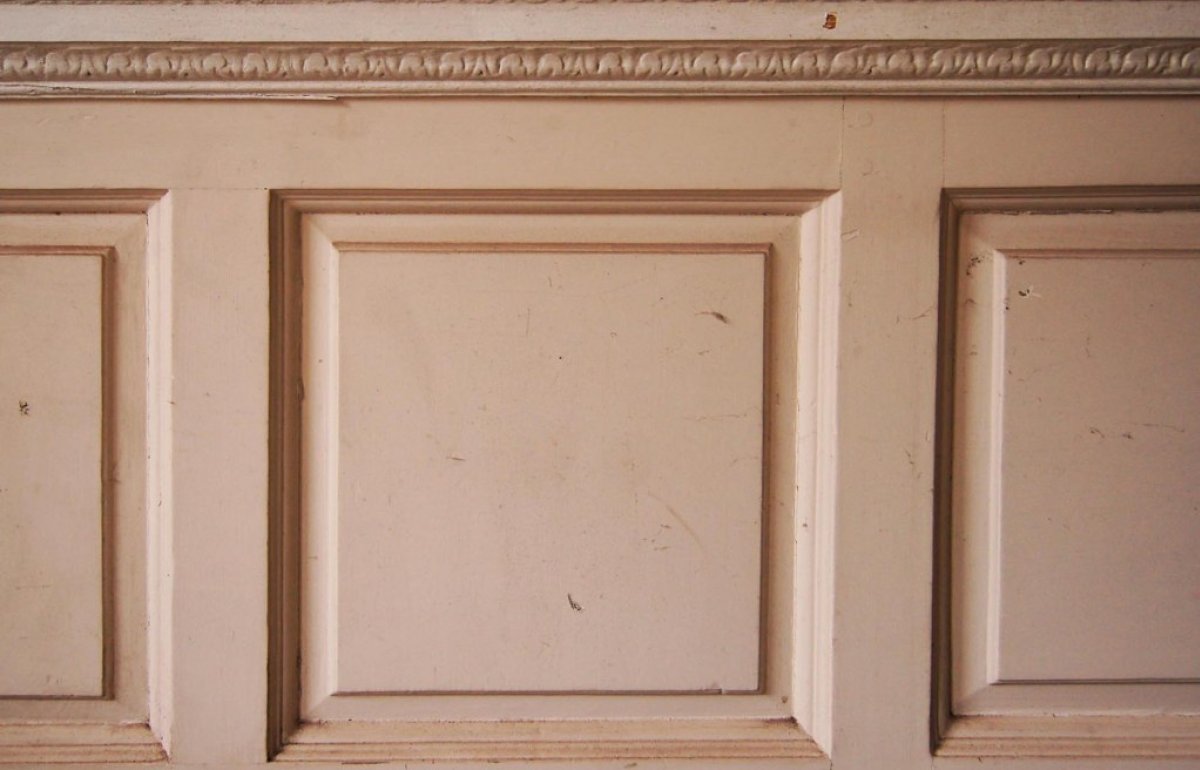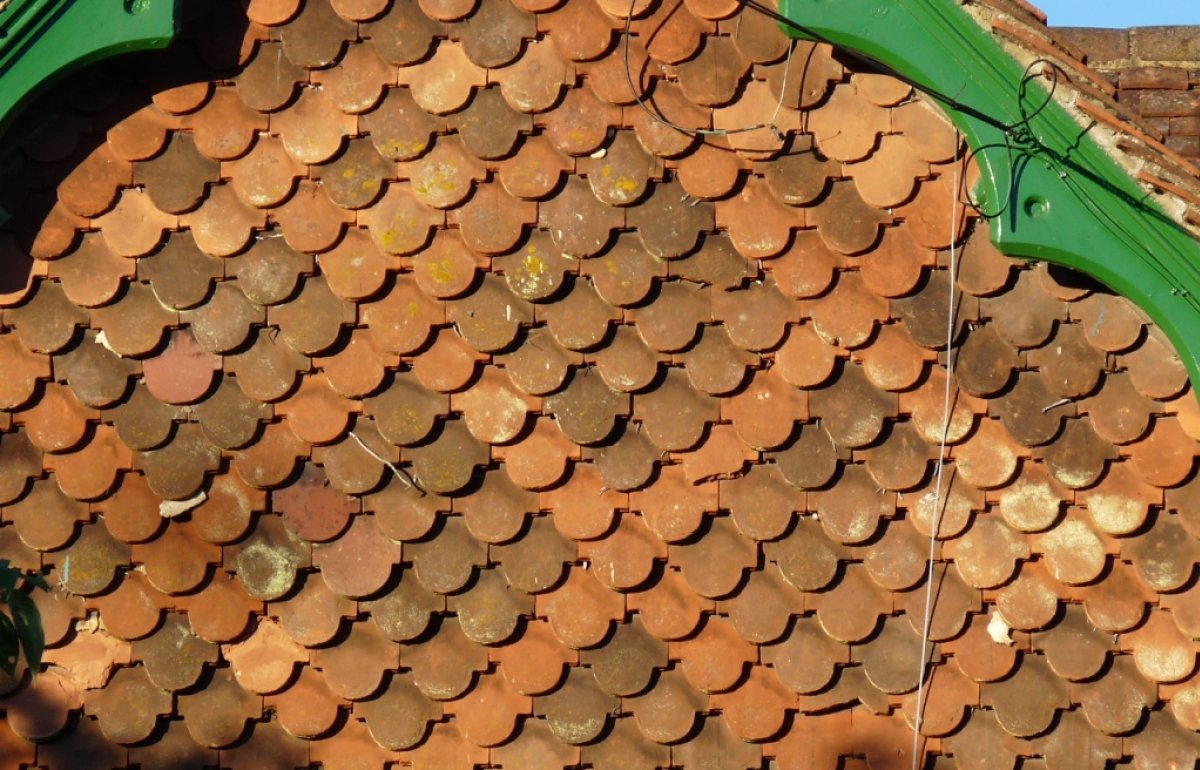Timber stairs
This advice note explores the do’s and don’t’s of caring for an often overlooked architectural asset.
How have timber stairs evolved?
Timber stairs pre-dating the 16th century generally either comprised some form of ladder or were constructed, often in spiral form, from oak baulks. From the 16th century, framed staircases slowly emerged with boards forming treads and risers that were housed in strings. These stairs were initially of hardwood, typically oak, and later predominantly softwood. They frequently provided an opportunity for architectural expression, displaying ornate balustrading and newel posts.
Presumably it is better to repair old timber stairs than replace them?
It is preferable to retain rather than replace old timber stairs, wherever possible. Not only are they of historic interest but stairs commonly constitute the finest joinery in a building. If defects develop, these tend to be in the joints, rather than individual components, and repair by a skilled carpenter is nearly always viable. Additionally, new stairs will frequently not fit into the space previously occupied by older ones non-complaint with modern building regulations.
Often steep, older stairs may be harder to negotiate but the provision of a firm handrail and good lighting will help.
How do I fix creaking timber stairs?
Creaking normally occurs when loose or flexing timbers rub together. Overcome movement between treads and risers by working in diluted PVA (50:50 with water). Additionally, if the stairs underside is accessible, remove loose wedges from the tread and riser ends. Clean and possibly trim the wedges or cut replacements, apply diluted PVA and drive them firmly home. Finally, readhere loose triangular ‘glue blocks’ or, where necessary, provide new ones in the angles between the treads and risers. If the stairs underside is inaccessible, wedge joints from above.
How do I deal with worn timber treads?
Nosings on softwood treads are particularly vulnerable to damage that leaves them hazardous. Where defective, a nosing can be removed along part or all of its length and replaced with well-seasoned matching new timber. This is fixed with PVA and also lost-head nails that are driven into predrilled holes concealed afterwards with filler.
Localised surface damage on a tread might be packed with felt or rubber underlay securely fitted below a carpet, which will also reduce further wear. Deterioration otherwise may necessitate a timber patch repair or new tread.
What do I do with damaged timber balusters?
A long, diagonal split in a baluster can be repaired by working in some PVA and carefully attaching a clamp while this sets. A broken baluster may require dowelling and gluing back together in a workshop. Where loose, a baluster might be resecured with glue and a countersunk woodscrew fixed diagonally through the end into the handrail or string. Where a baluster is missing, a suitable replacement will frequently have to be purpose-made, particularly where decorative.
What might repairing a loose handrail entail?
A dowelled mortice and tenon joint that has weakened and left the handrail loose where it meets a newel post can be taken apart and reglued or simply wedged firm. Should the problem be a loose joint between two lengths of handrail, tighten the railbolt underneath to pull them tightly together again.
What could cause more serious defects with stairs?
Occasionally, more serious defects result in treads and risers separating from a string. Reasons include settlement in a flanking wall, a defective joint at a string end or differential shrinkage of staircase timbers. Repair can involve carefully jacking up sagging stairs and forcing a string back into position. Wedges might be driven between a flanking wall and inner string to move it back, or perhaps a horizontal prop or tie rods used to pull in an outer string. Underlying structural problems must be addressed first.
What should I use to paint or finish timber stairs?
Historically, oak and other fine hardwoods were generally left bare, waxed or resin varnished. Softwood, widely used from the 18th century, was normally painted, an exception being where it was stained and waxed to imitate hardwood. When repainting, a semi-gloss finish is frequently desirable. Polished surfaces may be re-waxed. Wax can also be used over resin varnish (which is tricky for non-specialists to successfully re-apply). Pure beeswax might be used or, for greater durability, a proprietary beeswax and carnauba wax blend.
English Heritage (2012) Timber, Practical Building Conservation, Farnham: Ashgate Publishing Ltd
Ridout, B (2015) Timber Decay in Buildings and its Treatment, Broome: Scientific and Educational Services Ltd



